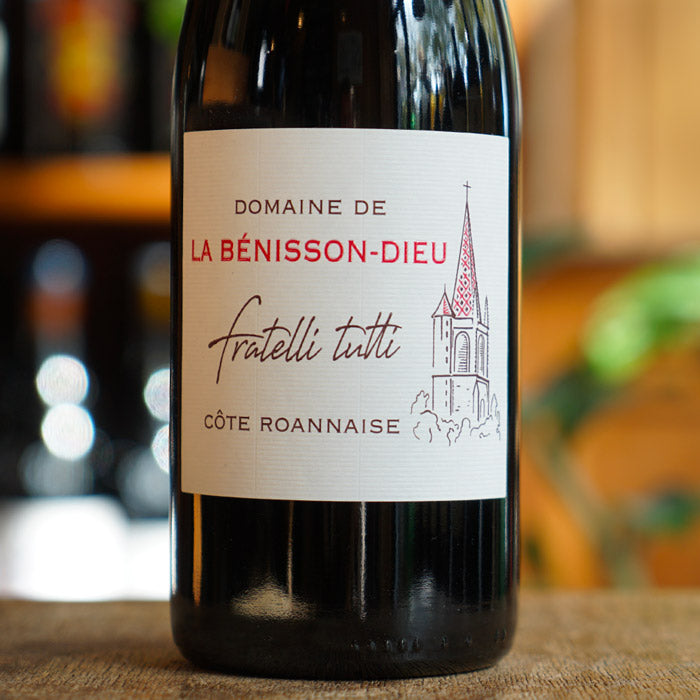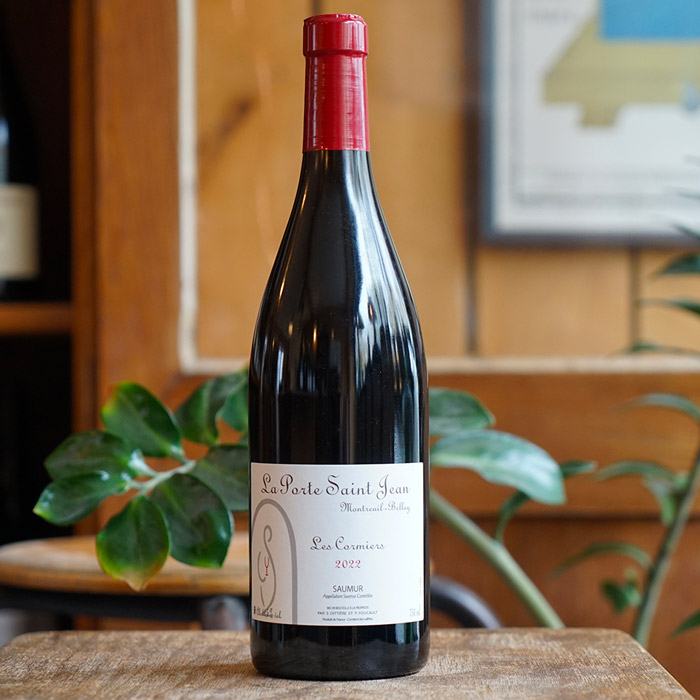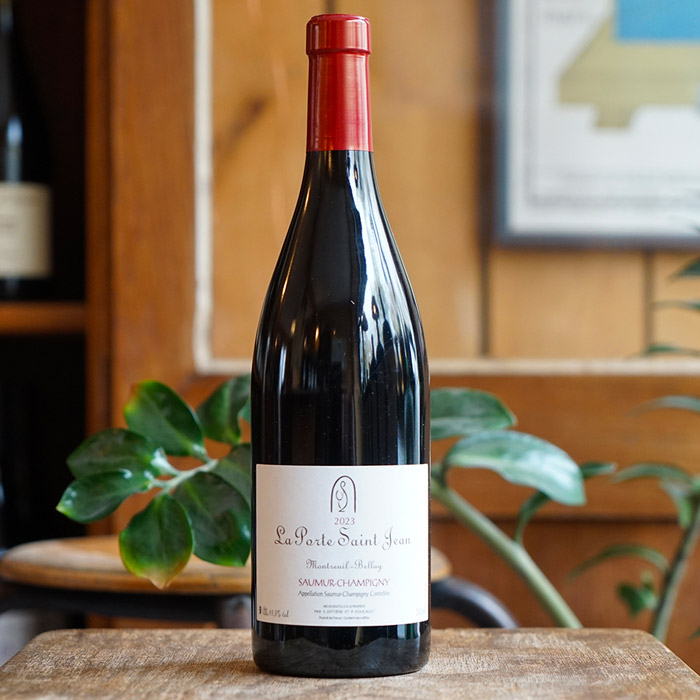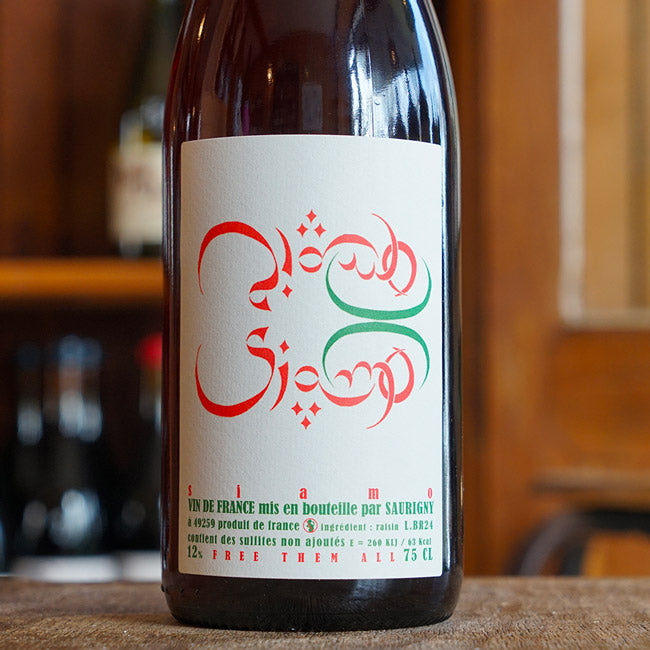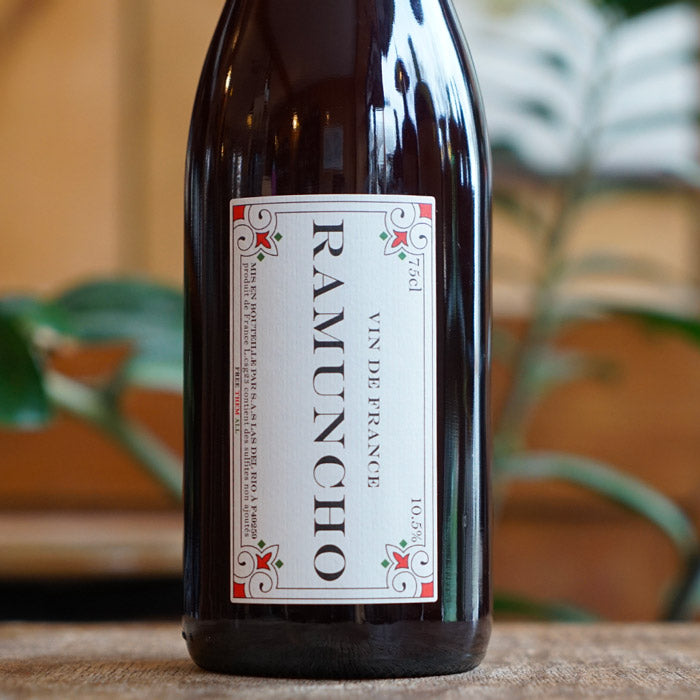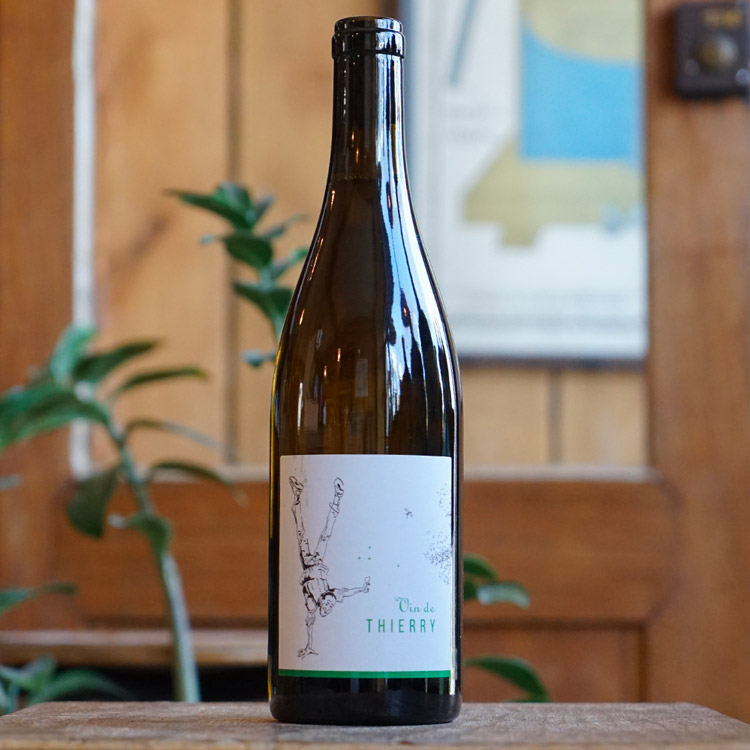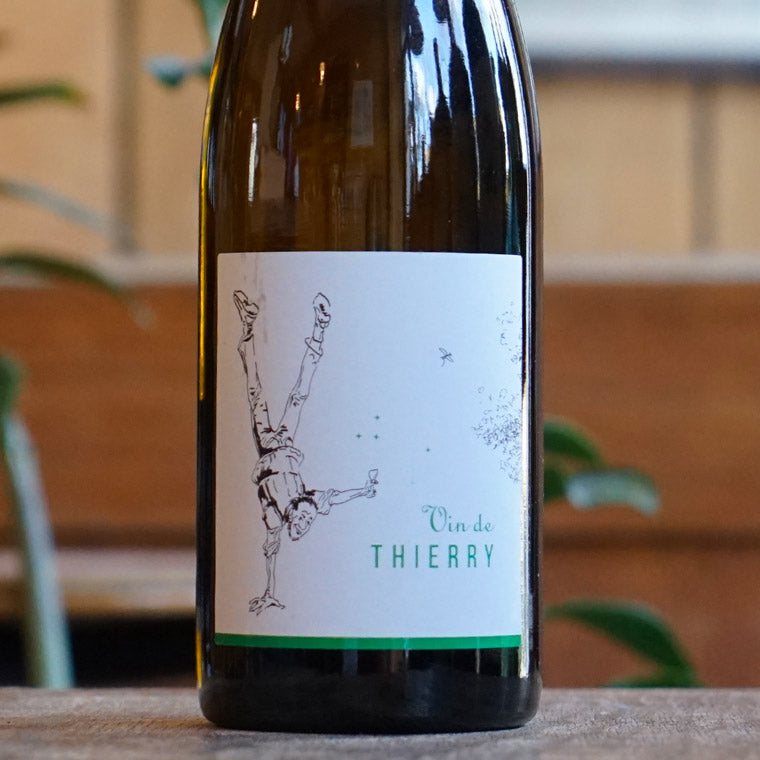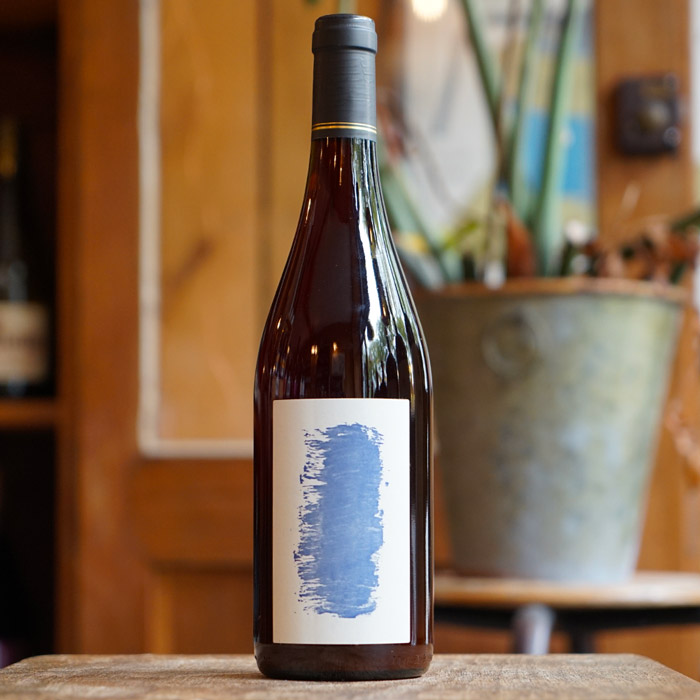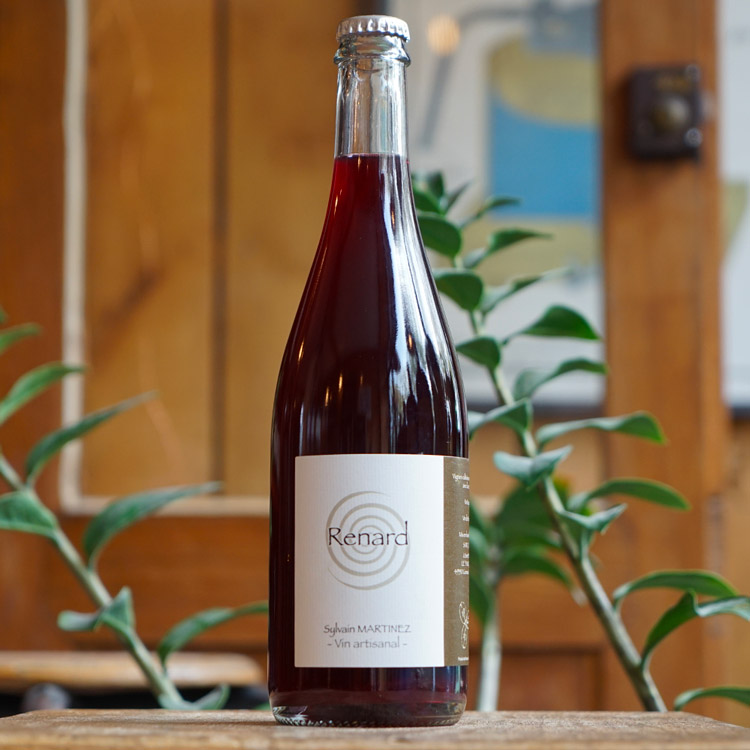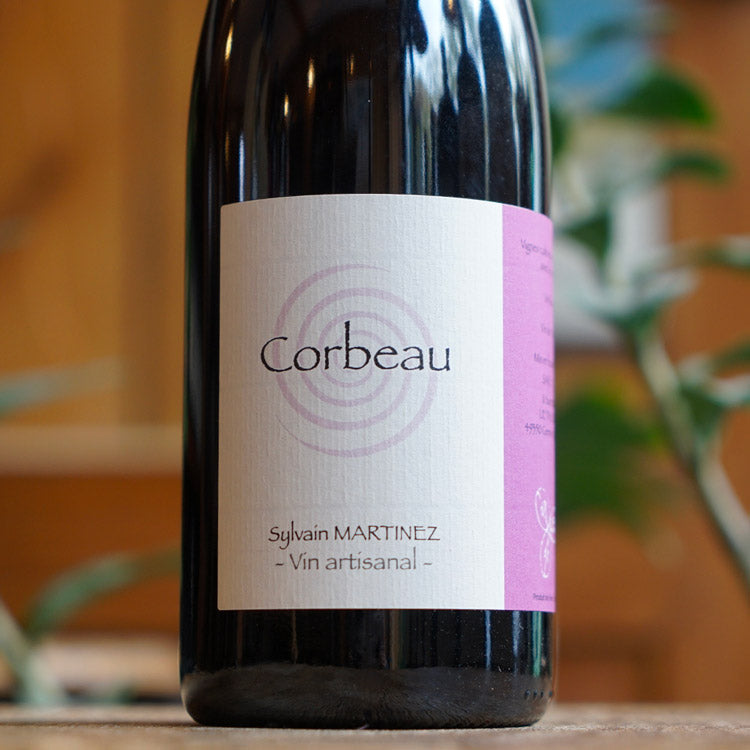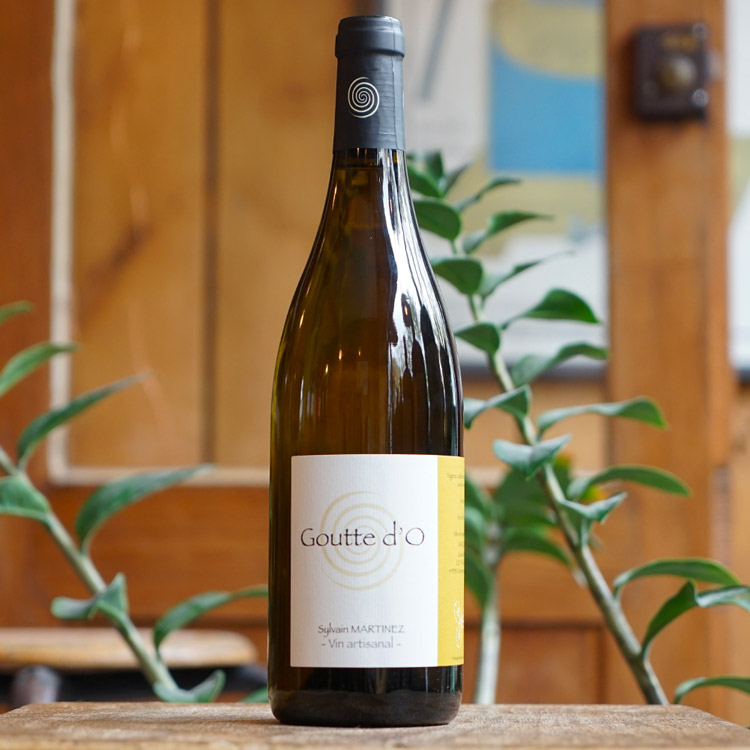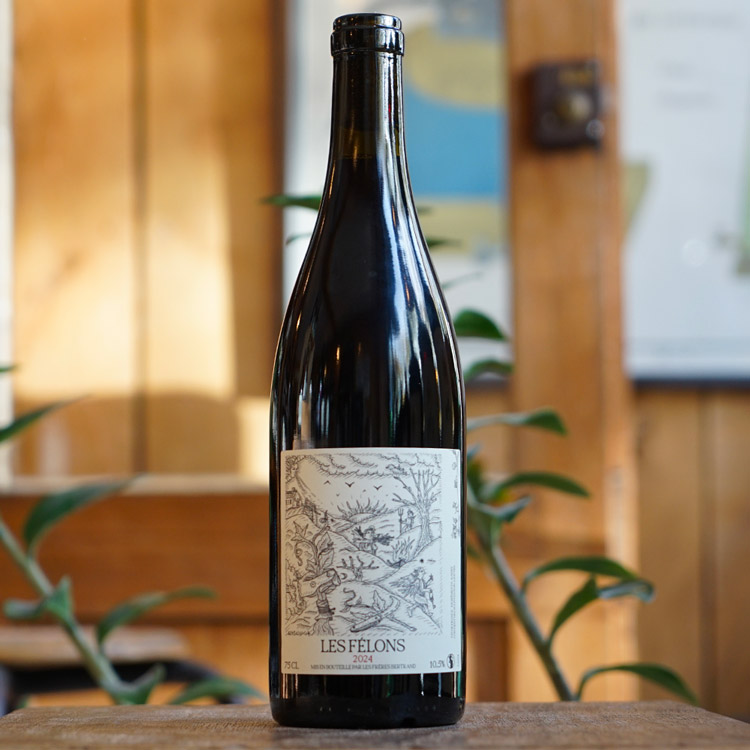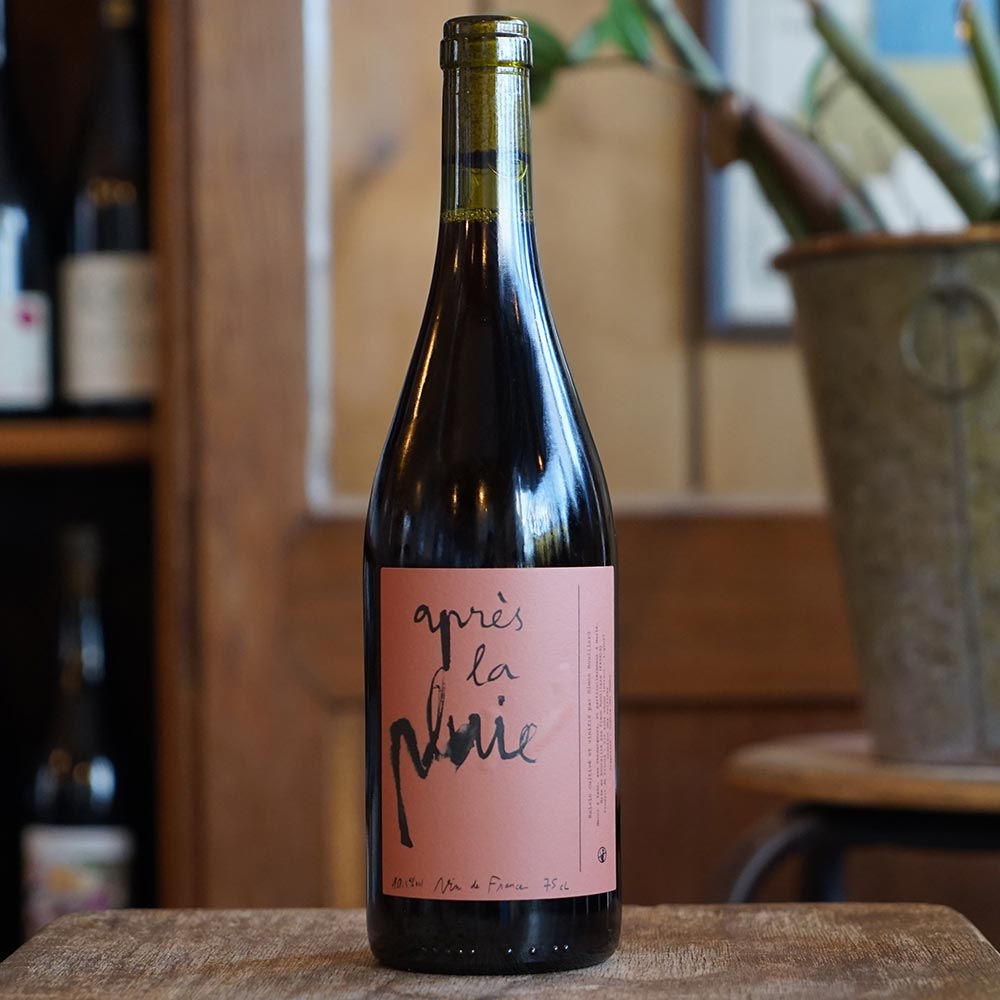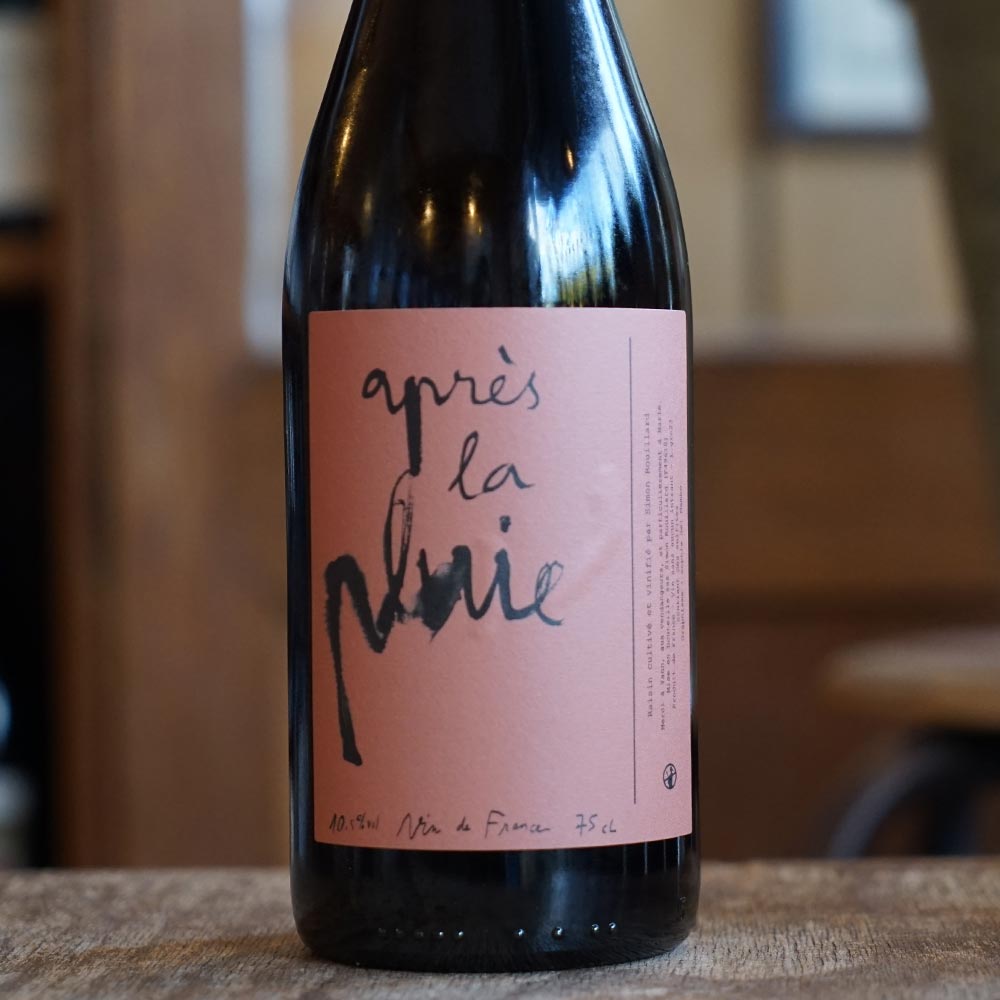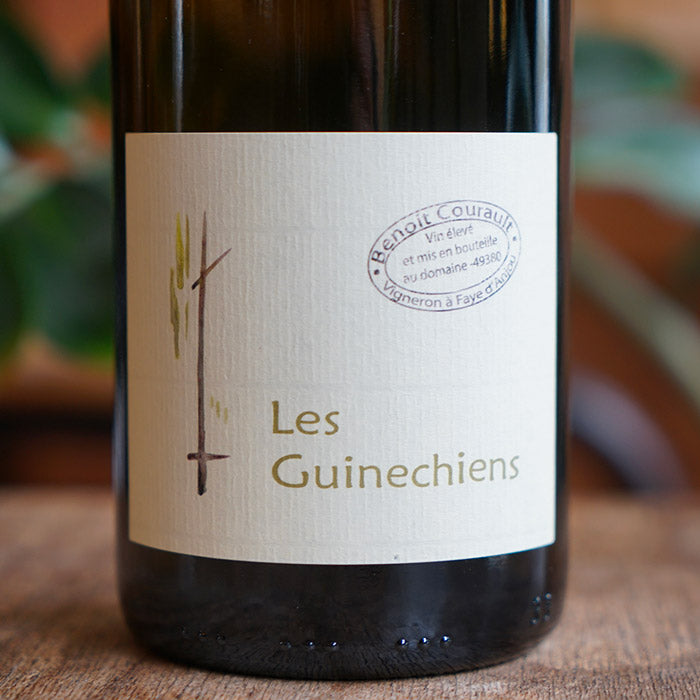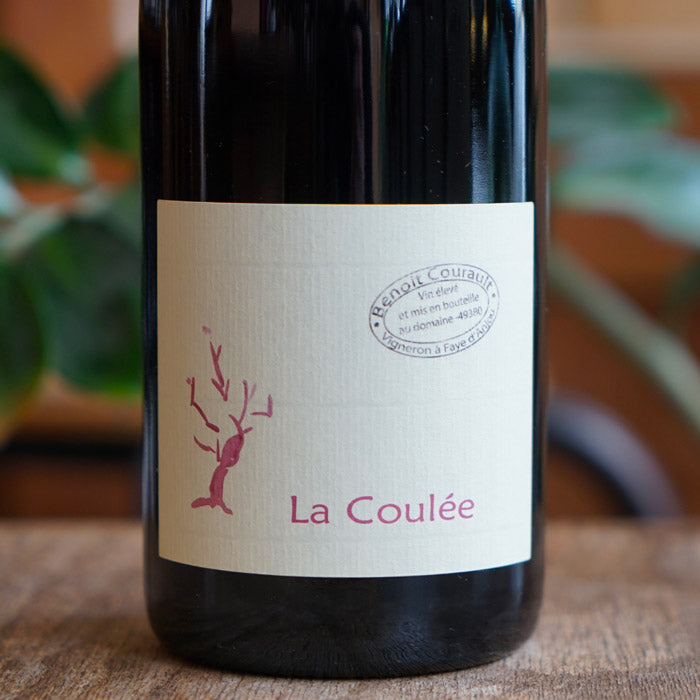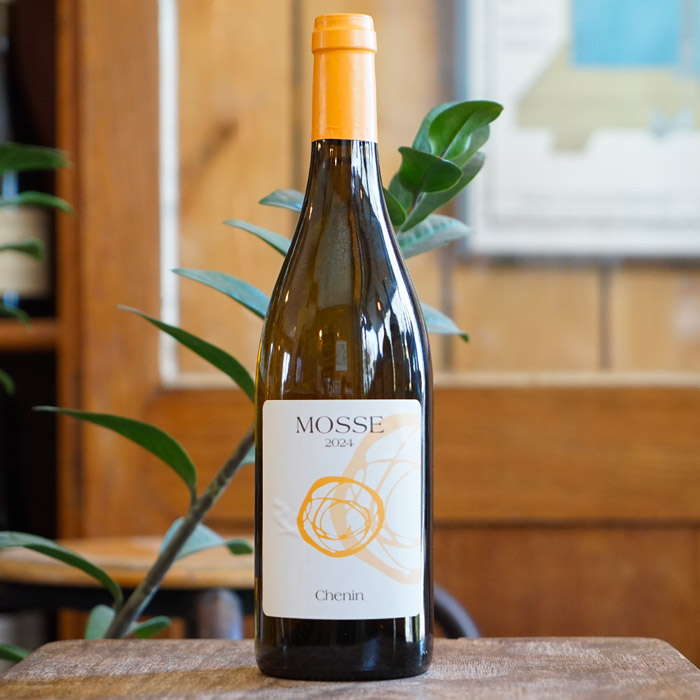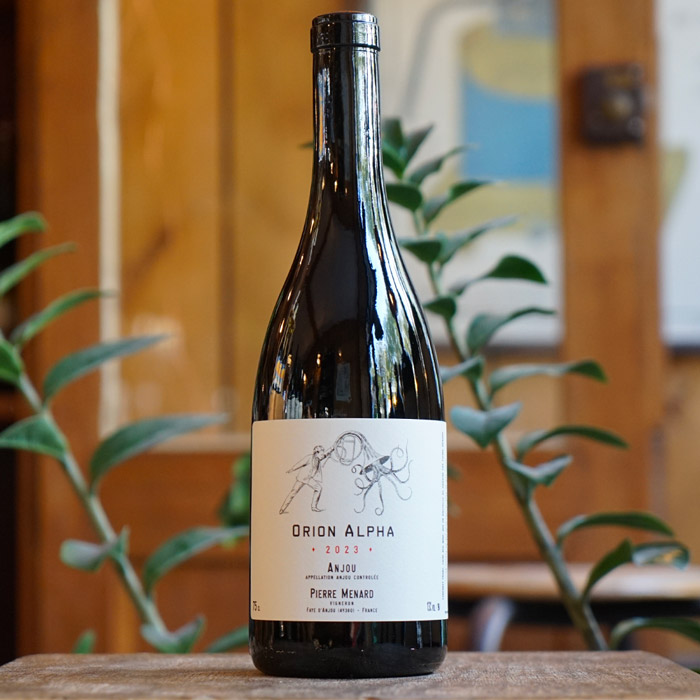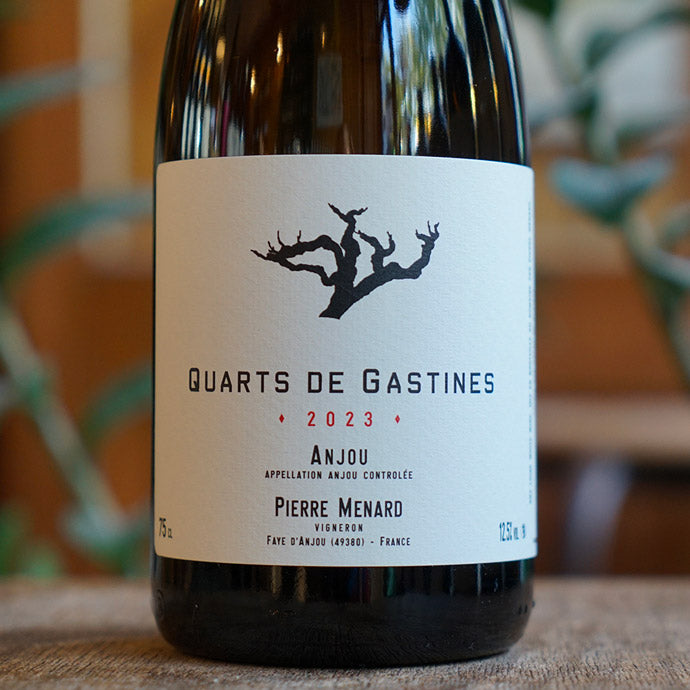Loire Valley Wines
The Loire Valley, a vast wine-growing region
The Loire Valley represents one of the largest vineyards in France in terms of area. It extends along the eponymous river, which flows from Auvergne to the Pays Nantais and covers 57,000 hectares .
A river, microclimates and a diversity of soils
Thanks to the influence of the river and its adjacent tributaries, the region has developed microclimates specific to this area. This is partly why we find such a great diversity of vibrant wines in the Loire Valley.
A land of wines made without additives and of committed winemakers
In this vast region, many winemakers cultivate their vines biodynamically and produce wines with minimal intervention. To speak of the Loire Valley as a single appellation would be reductive given the enormous diversity of its terroirs. However, the wine-growing area can be divided into several zones, each with its own distinct characteristics.
The major wine-growing areas of the Loire
The Nantes region and Muscadet wine
Initially, we find ourselves at the mouth of the Loire, in the Muscadet region, around the Nantes region.
This appellation area encompasses some 9,000 hectares spread across alluvial soils of the Armorican Massif, including granite and mica schist . These highly draining soils impart rare mineral and saline aromatic profiles to the wines. The only grape variety permitted in Muscadet is Melon de Bourgogne . Muscadet wines were long criticized but have since been revived thanks to the work of renowned natural winemakers such as Jo Landron , a leading figure in the appellation for his vibrant wines, and the various cuvées of Claire and Fred Niger of Domaine de l'Ecu . These are names familiar to any true lover of vibrant wines!
They present profiles of lively dry wines , driven by a relatively pronounced acidity and a finish with a slight bitterness , which has led them to be often associated with the consumption of oysters and seafood.
Anjou and its geological contrasts
We now find ourselves further east, in the Anjou vineyards , centered around the city of Angers. Here, we encounter black soils composed of sandstone and schist in the west, which give the wines specific aromatic profiles characterized by acidity and minerality , as well as chalky soils, known as Tuffeau , in the east. This is the birthplace of the king of Loire Valley grapes: Chenin Blanc . It is capable of producing very fruity wines with a rich bouquet , elegant , always displaying good acidity , generally quite lively and vibrant , with considerable aging potential .
Despite everything, the Loire Valley is also a major producer of red wines , where Cabernet Franc reigns supreme, yielding wines with excellent aging potential and notes of crisp , dark fruit , but also juicier profiles such as those made from Grolleau or Pineau d'Aunis . These latter wines offer lightness , fresh fruit , and peppery notes . We cannot discuss the vibrant wines of this region without mentioning Domaine Mosse, which offers wines of exceptional precision in every aspect.
The Saumur region
As you approach the Saumur region , the terroirs are composed almost exclusively of Tuffeau limestone . Here you find the gentleness of Cabernet Francs naturally vinified at Domaine des Frères , for example, with profiles that are both crisp and refined .
Touraine, in the heart of the Loire
Following the Loire further east, we find ourselves in Touraine , with its flinty soils that highlight Sauvignon Blanc, producing vibrant , dry, mineral, and intense wines. We also find lovely expressions of Grolleau, a light red grape variety with a singular complexity, as exemplified by the wines of Clos-Tue-Boeuf , a major player in the region's vibrant wine scene.
The Centre Loire: Sancerre, Pouilly-Fumé and surrounding areas
In the central Loire , further east, limestone reigns supreme, allowing for expressions of Sauvignon Blanc of extreme precision, regardless of the reputation of the prestigious Sancerre and Pouilly-Fumé appellations, some of whose figures showcase their expertise in the production of great natural white wines, such as Alexandre Bain .
The volcanic Loire: the vineyards of Puy-de-Dôme
At the source of the Loire, in the Puy-de-Dôme region, one finds unique vineyards whose distinctive character stems from their volcanic soils , and where one encounters superb expressions of Gamay and Pinot Noir . A wine-growing area in constant evolution, producing wonderful, vibrant wines.




